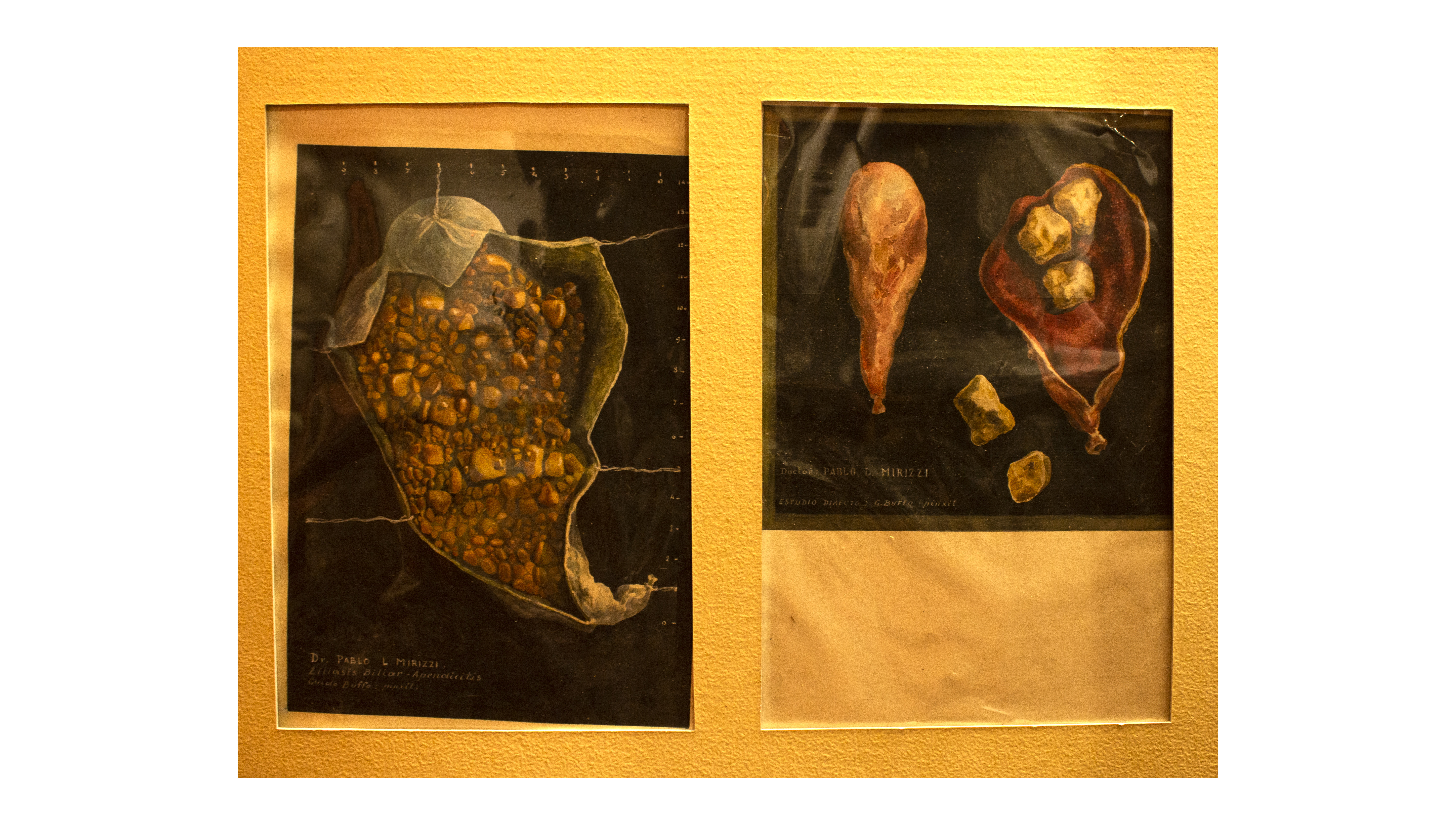Cushing's disease in pregnancy and treatment with cabergoline
obstetric and neonatal results
DOI:
https://doi.org/10.31053/1853.0605.v80.n1.37056Keywords:
Cabergoline;, Cushing's syndrome;, pregnancyAbstract
Introduction: Cushing's disease (CD) is rare during pregnancy and is associated with significant maternal and fetal complications. The aim was to report the case of a patient with CD who achieved pregnancy and delivery without complications after treatment with low doses of cabergoline. Methods: A 29-year-old woman diagnosed with CD (ACTH-secreting macroadenoma that produces displacement of the optic chiasm, infiltrates the right cavernous sinus and includes the internal carotid artery). She undergoes transsphenoidal surgery with incomplete tumor resection. After a year of clinical stability, the symptoms reappeared, so medical treatment with cabergoline was established. Results: At the first trimester, clinical and biochemical parameters indicate active CD, so it was decided to readminister Cabergoline at low doses for the rest of the pregnancy. The response to dopaminergic agonists was excellent, and the laboratories were normalized, and the disease was controlled. The patient delivered a healthy girl at 38-week-old, with normal percentiles and without complications. Conclusion: Pregnancy is rare in patients with CD. However, the consequences of maternal-fetal exposure to hypercortisolism can be serious. Our experience with the use of low-dose cabergoline in a pregnant woman with CD provides favourable data to the few existing bibliographic reports, adding evidence on the safety profile of the drug in this group of patients.
Downloads
References
Sharma ST, Nieman LK, Feelders RA. Cushing's syndrome: epidemiology and developments in disease management. Clin Epidemiol. 2015;7:281-93. doi: 10.2147/CLEP.S44336.
Laway BA, Mir SA. Pregnancy and pituitary disorders: Challenges in diagnosis and management. Indian J Endocrinol Metab. 2013 Nov;17(6):996-1004. doi: 10.4103/2230-8210.122608.
Broder MS, Neary MP, Chang E, Cherepanov D, Ludlam WH. Incidence of Cushing's syndrome and Cushing's disease in commercially-insured patients <65 years old in the United States. Pituitary. 2015 Jun;18(3):283-9. doi: 10.1007/s11102-014-0569-6. PMID: 24803324.
Caimari F, Valassi E, Garbayo P, Steffensen C, Santos A, Corcoy R, et al. Cushing's syndrome and pregnancy outcomes: a systematic review of published cases. Endocrine. 2017 Feb;55(2):555-63.
Lindsay JR, Jonklaas J, Oldfield EH, Nieman LK. Cushing's syndrome during pregnancy: personal experience and review of the literature. J Clin Endocrinol Metab. 2005 May;90(5):3077-83.
Dong D, Li H, Xiao H. The diagnosis and management of Cushing syndrome during pregnancy. J Obstet Gynaecol. 2015 Jan;35(1):94-6.
Abou-Samra AB, Pugeat M, Dechaud H, Nachury L, Bouchareb B, Fevre-Montange M, et al. Increased plasma concentration of N-terminal beta-lipotrophin and unbound cortisol during pregnancy. Clin Endocrinol (Oxf). 1984 Feb;20(2):221-8.
Ambroziak U, Kondracka A, Bartoszewicz Z, Krasnodębska-Kiljańska M, Bednarczuk T. The morning and late-night salivary cortisol ranges for healthy women may be used in pregnancy. Clin Endocrinol (Oxf). 2015 Dec;83(6):774-8.
Nieman LK, Biller BM, Findling JW, Newell-Price J, Savage MO, Stewart PM, et al. The diagnosis of Cushing’s syndrome: an Endocrine Society Clinical Practice Guideline. J Clin Endocrinol Metab. 2008 May;93(5):1526-40.
Fux Otta C, Cecenarro L, Estario ME, Estario P. Actualización en endocrinología: manejo de las prolactinomas durante la gestación [Update on endocrinology: management of prolactinomas during pregnancy]. Rev Fac Cien Med Univ Nac Cordoba. 2015;72(3):170-4. Spanish.
Molitch ME. Endocrinology in pregnancy: management of the pregnant patient with a prolactinoma. Eur J Endocrinol. 2015 May;172(5):R205-13.
Pivonello R, Ferone D, de Herder WW, Kros JM, De Caro ML, Arvigo M, et al. Dopamine receptor expression and function in corticotroph pituitary tumors. J Clin Endocrinol Metab. 2004 May;89(5):2452-62.
Nakhleh A, Saiegh L, Reut M, Ahmad MS, Pearl IW, Shechner C. Cabergoline treatment for recurrent Cushing's disease during pregnancy. Hormones (Athens). 2016 Jul;15(3):453-8.
Sek KS, Deepak DS, Lee KO. Use of cabergoline for the management of persistent Cushing's disease in pregnancy. BMJ Case Rep. 2017 Jul 14;2017:bcr2016217855. doi: 10.1136/bcr-2016-217855.
Feelders RA, Hofland LJ. Medical treatment of Cushing's disease. J Clin Endocrinol Metab. 2013 Feb;98(2):425-38.
Published
How to Cite
Issue
Section
License
Copyright (c) 2023 Universidad Nacional de Córdoba

This work is licensed under a Creative Commons Attribution-NonCommercial 4.0 International License.
The Faculty of Medical Sciences Journal (RFCM) subscribes to the Open Access policy and does not charge authors fees for publishing, nor does it charge readers fees for accessing published articles (APC).



